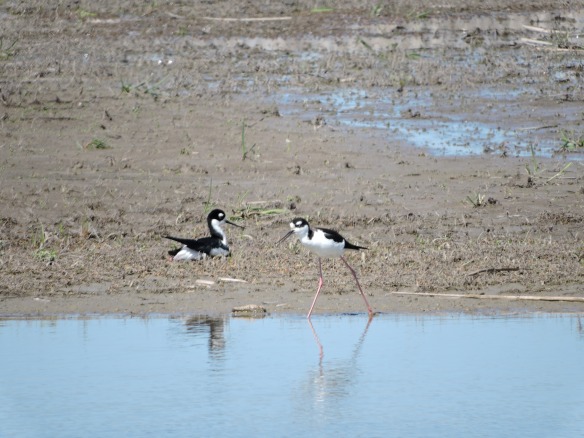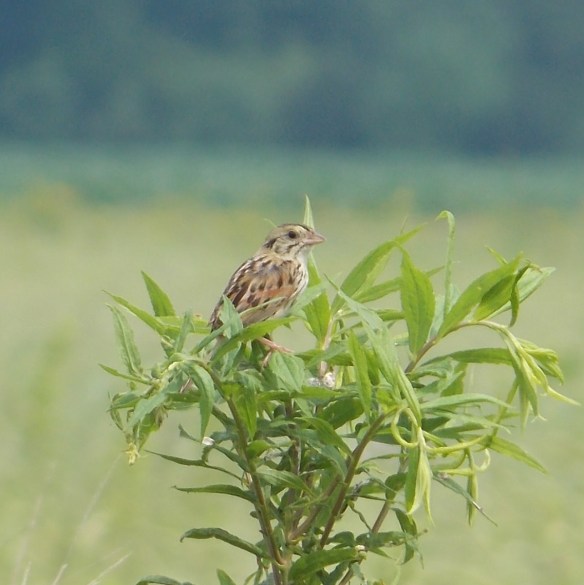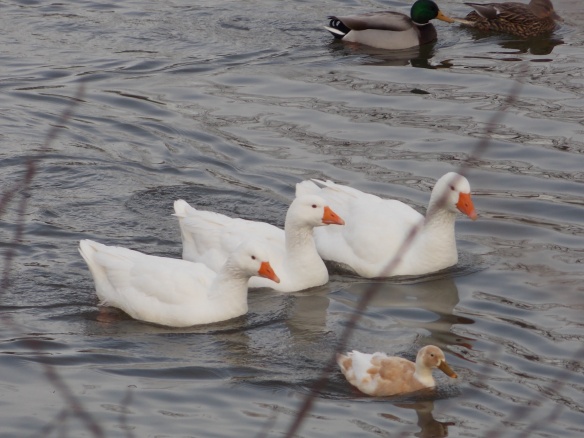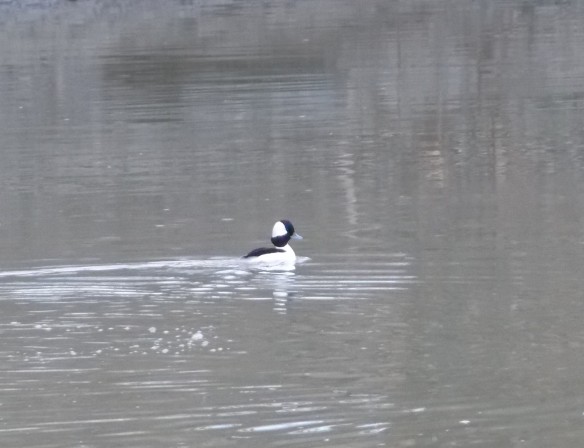After Will went to go rehearse the tango for his part in Maria de Buenos Aires, I took a ride over to the west side of the city to visit the Rio Grande Nature Center State Park.
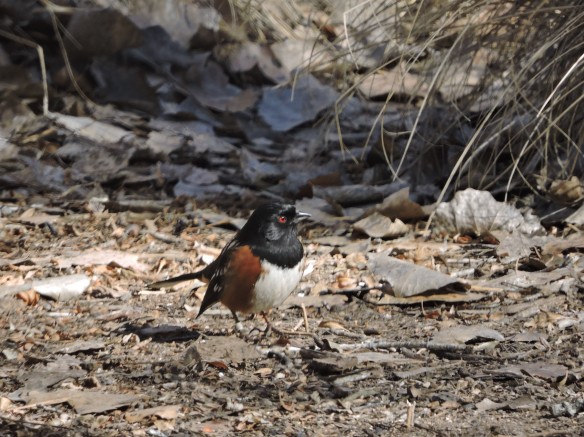
Spotted Towhee
There were feeders everywhere and birds all around. One of the first species I saw was a dapper male Spotted Towhee, a lifer.
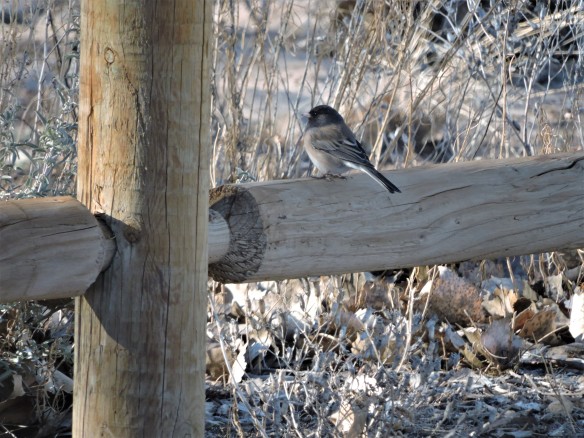
Dark-eyed “Oregon” Junco
Among the flocks gorging on seeds were dozens of Dark-eyed Juncos, a species of which I have seen thousands in my life. But I had never before seen the Oregon race. Lifer color morph!
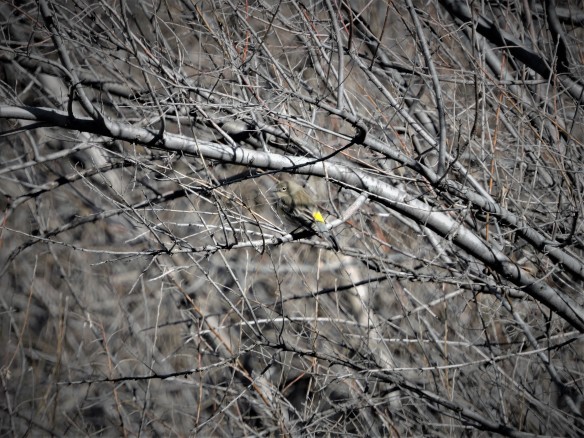
“Audubon’s” Yellow-rumped Warbler
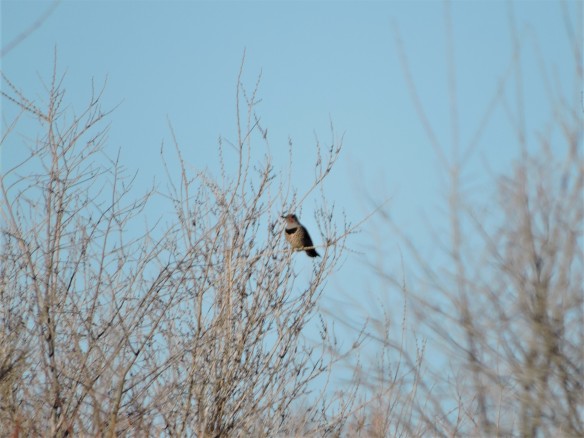
“Red-shafted” Northern Flicker
Along with the Juncos were western color variations of my familiar Yellow-rumped Warblers and Northern Flickers. I made sure to document each of these in the off chance they get split into their own species some day. Similarly, I paid some attention to the big, pale western White-breasted Nuthatches that have recently been proposed for a split. Having now seen and heard them, I can understand that thought process.
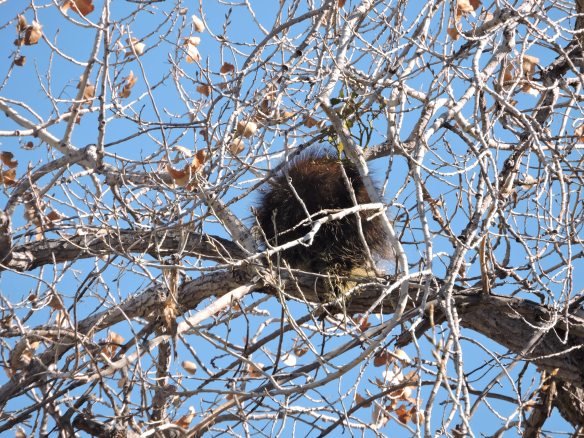
Porcupine
I saw all of these things within yards of the visitor’s center. And then there was this porcupine. It was actually one of two I saw at the park that afternoon to represent a lifer mammal!
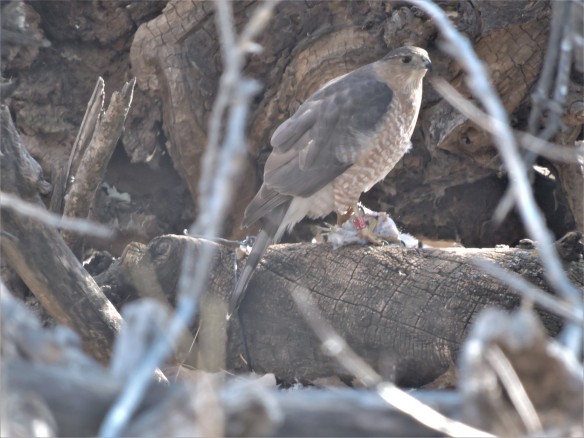
Banded Cooper’s Hawk
At the base of the same tree that the porcupine was snoozing in, I watched this banded Cooper’s Hawk enjoy its meal. I reported the band, 31C, but with the federal government shutdown I am not holding my breath on a response any time soon.
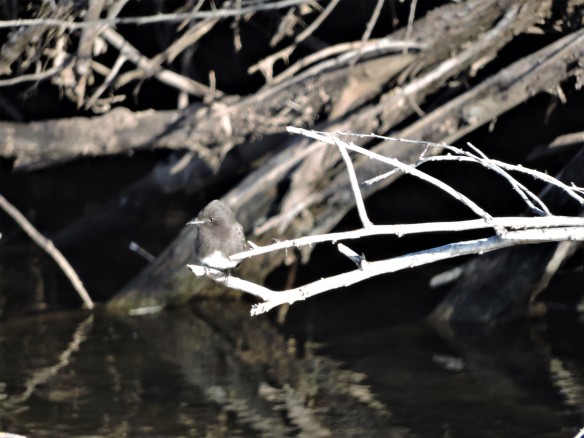
Black Phoebe
As I wandered west toward the mighty Rio Grande, remarking in the process how she dances on the sand, I viewed my next lifer: this Black Phoebe. Seeing flycatchers in January is a novel experience for me!
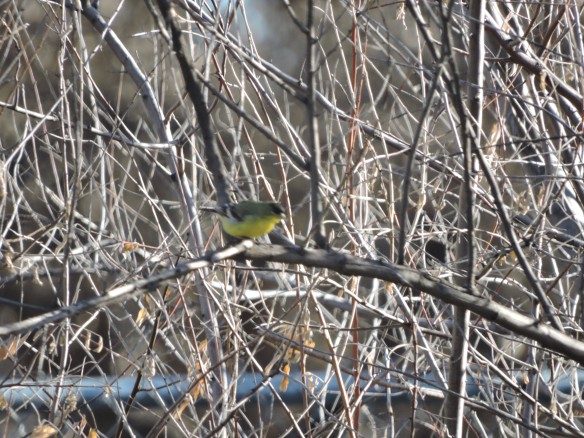
Lesser Goldfinch
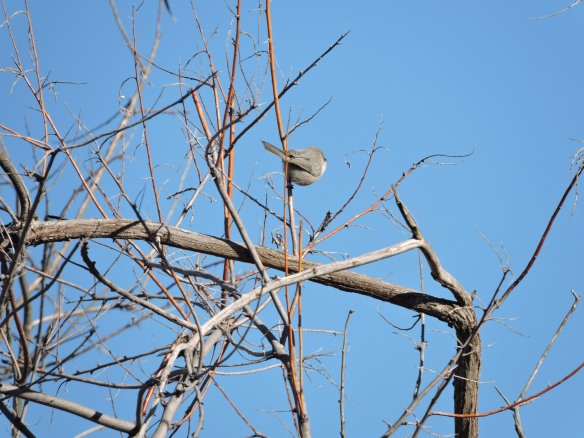
Bushtit
Two small, photo-shy birds were working the brush above the Phoebe, and they were also lifers: Lesser Goldfinch and Bushtit!

Rio Grande Bosque
The trail opened up into the cottonwood forests all along the Rio Grande. It was pretty incredible to me how one city can contain so many totally different biomes. Compared to the high mountains I was in during the morning and the desert of the city, the river bosque was a unique world unto itself as well.

Bewick’s Wren
Among the trees in the bosque, birds were less numerous. But there were still lifers to be had, like this spunky Bewick’s Wren. Interestingly, this species used to be common in the east within the last century including in Indiana, but now it is totally absent except in just a few random pockets of Ohio Valley hill country. Maybe one day I will stumble across one in the Midwest.
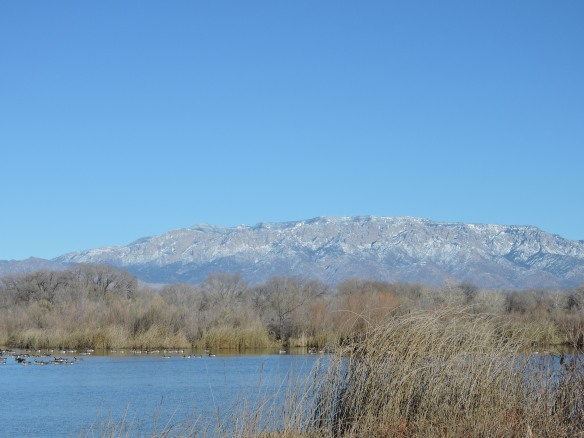
A view with a view
I hiked along the river for a while and then looped back to explore the wetlands on the other side of the park. I stopped to enjoy the view of the distant Sandia Crest where I had been just a few hours earlier.
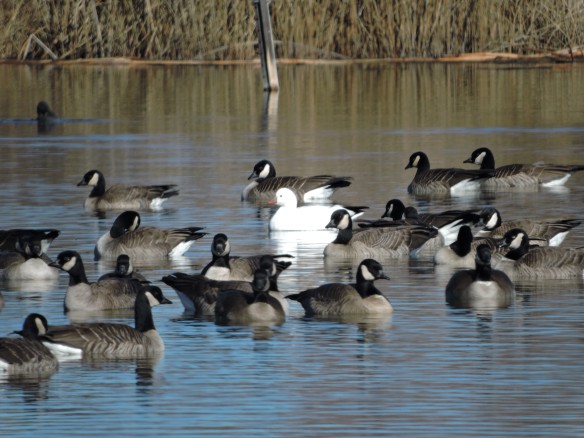
Ross’s Goose
My eye was then drawn to the white blob in the middle of the other geese on the pond, where I saw that I was looking at only my second ever Ross’s Goose, and coincidentally right behind it my second ever Canvasback.

Cackling Goose
Then I realized that the little guys that Ross was swimming around with were not just Canada Geese, but instead actually mostly Cackling Geese to keep the lifer train going. I stood and watched them for a while and then struck up a conversation with an older gentleman birder. We remarked how interesting it was for me to be so enthused by his common Cackling Geese, while at the same time he was so geeked about the apparently uncommon White-throated Sparrow under the feeders. I saw the sparrow too, but I didn’t pay it much attention because of how numerous they are for me at home.
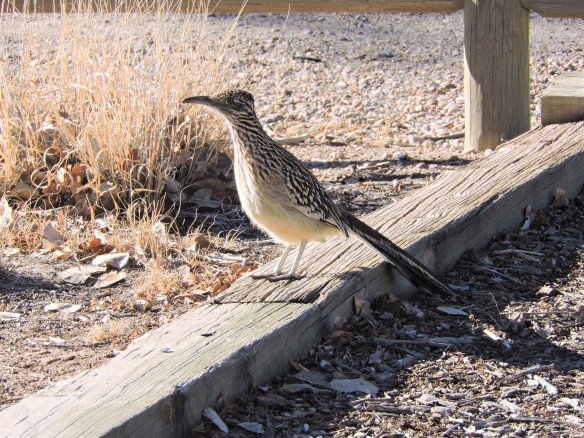
Greater Roadrunner
He asked me if I had seen any Roadrunners, and I told him unfortunately not. He remarked how they like to run around the parking lot at the nature center, and that I should watch for them there. We had our backs facing said parking lot, so I turned around to see where might be a good spot to look, and one was standing right there. Not to beat a dead horse, but — lifer #12 for the day!
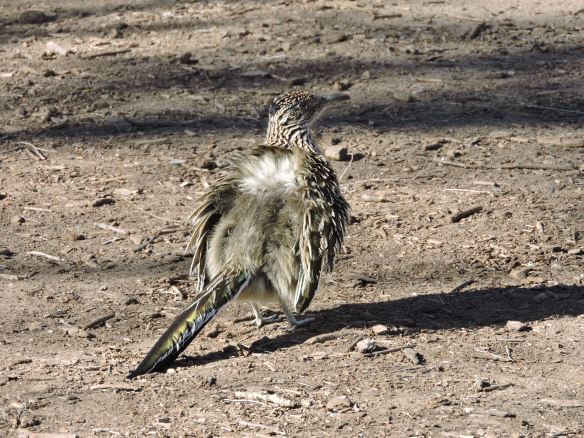
Roadrunner Sunbather
My first instinct was to be amazed at how huge Roadrunners are. I have occasionally felt that photos of certain species do not properly portray their size, either large or small, so that I have been impressed when I first lay my own eyes on them. But this Roadrunner was HUGE. Even though the field guides tell you measurements, for whatever reason I always envisioned them maybe a little larger than a Blue Jay. But now I know that they could actually give a Cooper’s Hawk the business.
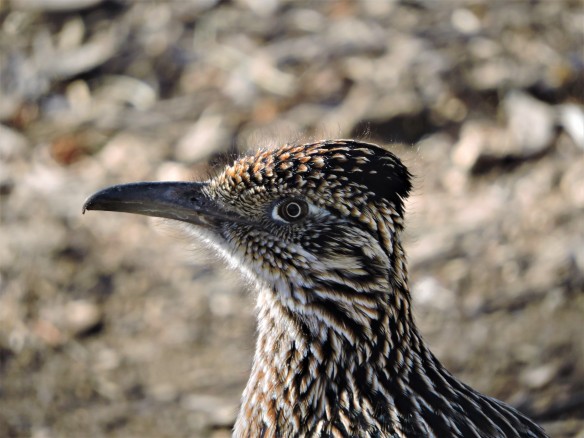
Portrait of a Killer
My next thought was that, wow, I must be lucky and I shouldn’t move too quickly or risk scaring this incredible bird away. But no. The thing didn’t care at all that I was standing right there, and then it just fluffed out its feathers and started sunbathing. I variously watched, photographed, and Instagrammed the beast all while it acted like I was not there and basically ran across my foot at one point. Finally, it had a friend appear to see what was going on, and they both decided that there were more interesting things to see/eat in the bushes out of sight.
It was incredibly cool to end the day with such an amazing animal that also happens to be the state bird of New Mexico (note: New Mexico might have the best state bird). Having spent nearly the entire day hiking and birding within a range of nearly 7,000 feet of elevation difference, I was pretty exhausted. I met Will back at his house, crashed for a nap, then we wrapped up the evening at a combination pinball arcade/techno club downtown, which itself was also a lifer experience.





